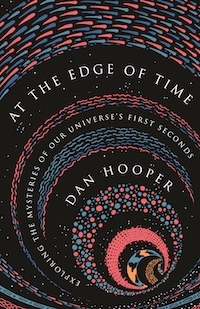At the Edge of Time: Exploring the Mysteries of Our Universe’s First Seconds
In effect, the expansion of our universe causes all points in space to be surrounded by an impenetrable horizon, beyond which nothing can be observed and no communications can reach. In the current epoch, our cosmic horizon is the surface of a sphere with a radius of about 46.5 billion light years, with us at the center. This sphere is, for all practical purposes, our universe. Its volume contains all of the space that we can see, study, witness, experience, communicate with, influence, or be influenced by. The boundary of this sphere is entirely impenetrable and forever will be—at least as long as the expansion rate of our universe doesn’t begin to slow down. Things beyond this distance are not merely obscured from our vision, but are utterly disconnected from us. All of space beyond this distance is forever lost from our world.
This book is about the first moments of our universe and how they’ve affected the state of our universe today.
This book covers a lot of the same concepts that other pop-sci cosmology books cover, but does so from the primary interesting lens of our universe’s beginnings and inflation.
There was a section in the first half of the book where the author clearly outlined what some of the largest challenges in cosmology are at the time of the book’s publishing. I really enjoyed this section—it was inspirational and valuable to see where the biggest open questions remain.
This is the best well-written cosmology book that I have read so far. I highly recommend it because it straddles the line of teaching unknown concepts and understandability / flow.
